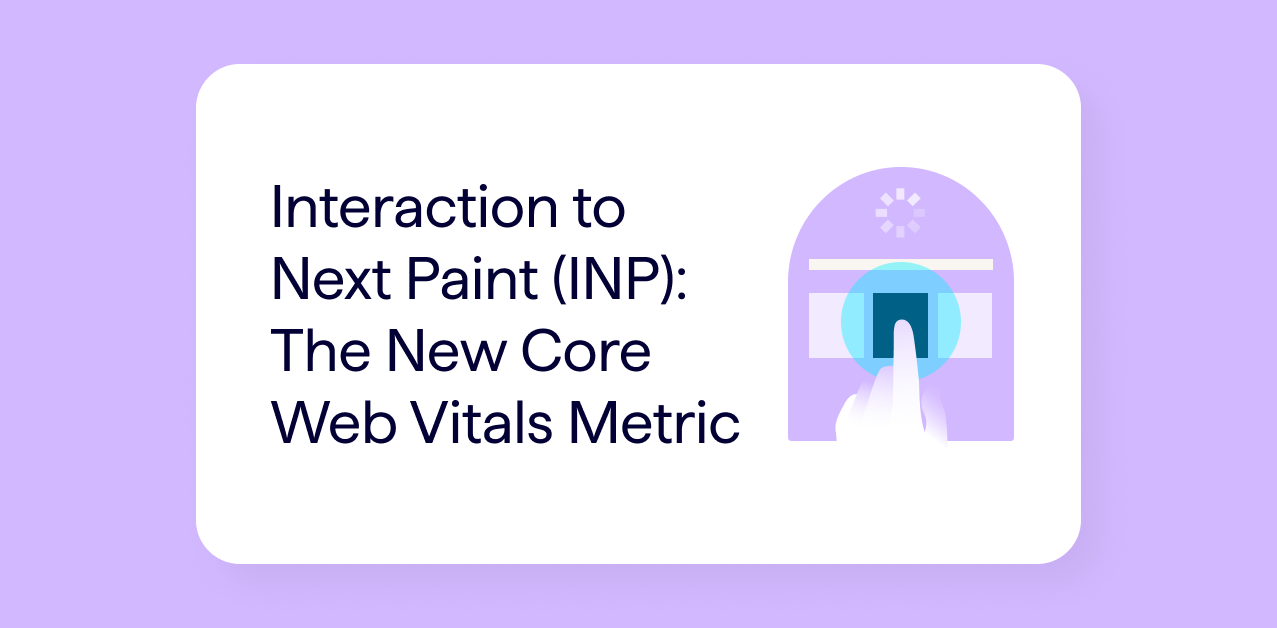Google News doesn’t get nearly enough attention at the moment. It may be because new, fancy ways of publishing have come along (we wrote about one of these on our blog; check out our post about Google Web Stories). Or, it may be because things got slightly more complex after its launch back in 2002.
Whatever the reason, we are here to say that Google News deserves your attention. Just recently, I was doing a keyword research project, and when I started looking into competitor insights, none of the brands I was looking at received any traffic from Google News sources – simply because they hadn’t tried.
If you work in publishing, there are significantly more reasons for you to be interested in this guide. Why wouldn’t you want more traffic and ad revenue?
Like all things, immersing yourself in a new medium can be a bit daunting, so let us help you on your way to discovering, or rediscovering, Google News for SEOs.
The basics: all about Google News
The idea behind Google News is that it lets users stay up to date with any news that matters to them. This may be through personalized content in the ‘For you’ section or could be more generalized world events and news through a host of publishers that appear in the feed. Users also have the ability to save and share content, and to use the service online or offline.
If you’re coming back to Google News after some time, you may have missed some of the ways it has grown as a service.
Search Engine Journal explained it like this: “The key to optimizing your news content for visibility and traffic is figuring out what has changed and what hasn’t.” And one such example of that is that publishers no longer need to submit their site to be eligible for the Google News app and website.
You may be interested to learn where news stories actually end up after they’re published. There are a few surfaces where stories may appear: Top stories (this appears in Google Search when relevant), and on the News search tab or app.
As an SEO, one of the most important parts of Google News that you’ll need to get acquainted with is the Publisher Center. The latest version of this was launched in 2019 to bring together a couple of tools under the same interface.
The Google News Publisher Center
Within the Publisher Center, you will be able to add information about your publication, such as contact details and headquarter location. You can add logos, set up AdSense, and personalize the style of your articles. And the big one? This is where you will add content in the form of feeds, website URLs, or videos.
It’s important to remember that the Publisher Center isn’t a content management system, which is why your content has to be hosted elsewhere before it is pulled into the Publisher Center for post-production and distribution.
Appearing in Google News
So far, so simple right? It starts to get a little bit more complicated from this point as we will discuss actually appearing in Google News, and some of the policies you’ll need to understand.
In the simplest sense, there are a handful of ranking factors that make up the Google News algorithm.
The Google News Publisher Help Center says: “Ranking in Google News is determined algorithmically based on a number of factors, including: freshness of content, diversity of content, rich textual content, originality of content, and user preferences for topics or publishers.”
It might also be helpful to hear the thoughts of Trystan Upstill, the Google News Engineering and Product Lead. He explained the reimagined Google News as using “a new set of AI techniques to take a constant flow of information as it hits the web, analyze it in real time and organize it into storylines.”
He said that this approach “means Google News understands the people, places and things involved in a story as it evolves, and connects how they relate to one another. At its core, this technology lets us synthesize information and put it together in a way that helps you make sense of what’s happening, and what the impact or reaction has been.”
Let’s dig into some of the separate areas that you’re going to need to master to make it through the algorithm.
Mobile considerations
First up is Accelerated Mobile Pages (AMP).
This is a format that must be used for content to be considered for the carousel section of ‘Top stories’ on mobile. There is an AMP Status Report housed in Google Search Console that can be very helpful to help you as a publisher; it will highlight content with AMP issues. Note that there is a limit of 1,000 URLs that can be shown in the table, so see it as more of a sample list.
Ideally, you want to find zero site errors for AMP, but if you do find something, they may be one of the following: missing embedded video, image size smaller than the recommended size, AMP page domain mismatch, URL not found, etc. The full list can be found at the link at the beginning of this section.
The second thing you’ll want to know is that adding ‘article’ structured data to your news and other story pages can enhance your appearance in the Google search results. AMP pages that have this structured data can appear in the ‘Top stories’ carousel, host carousel of rich results, Visual stories, and rich results in mobile search results.
Content policies
Next up, it’s worth discussing some of the Google News content policies. These policies are designed to keep Google News a “positive experience” for users and publishers. On a top-level, websites must meet Google’s webmaster guidelines to be eligible to appear on news surfaces, but there are additional policies specifically for news surfaces. We’ll outline these in brief below.
- Ads and sponsored content: content shouldn’t be outweighed by ads and other paid promotional material on your pages.
- Copyrighted content: content isn’t allowed that infringes on anyone’s intellectual property rights.
- Dangerous content: you can’t add content that could facilitate serious or immediate harm to people or animals.
- Deceptive practices: impersonation sites or accounts are not allowed, and you can’t misrepresent or conceal ownership or primary purpose.
- Harassing content: harassment, bullying or threatening content is not permitted.
- Hateful content: content must not promote or condone violence, or incite hatred against an individual or group, including for protected characteristics.
- Manipulated media: no images, videos or audio content can be manipulated to deceive, defraud or mislead the user.
- Medical content: when content contradicts scientific or medical consensus and evidence-based best practices, it will not meet the guidelines.
- Personal and confidential information: private information such as anything confidential or personally identifiable may not be included within content.
- Sexually explicit content: this is self-explanatory and includes imagery or video.
- Spam and malware: much of this falls under the Webmaster guidelines, but links are not permitted to malware, viruses, or harmful software. Link schemes are also banned.
- Terrorist content: this includes anything that promotes terrorist or extremist acts.
- Transparency: news sources must provide clear dates and bylines, and information about the story author, publication, publisher, company, and contact information.
- Violence and gore: this includes content that is violent or gory, and has an intent to be shocking, sensational, or gratuitous.
- Vulgar language and profanity: self-explanatory; this isn’t permitted for Google News.
The list may seem long, but it ensures that the news surfaces are safe environments for users. You will know if you get something wrong with the content you’re publishing, as news manual actions can appear in Search Console if your publishing website violates one or more content policies.
Other SEO tips for Google News
Aside from getting AMP and structured data in place, as well as making sure that content doesn’t go against any of the Google News policies, there are some other things you can keep in mind.
Keyword research: this isn’t just for the eCommerce and service websites; keyword research is important for publishers. Google Trends has a neat feature where you can look up trend information specifically for ‘News’ search. The default option is usually set to web search, so click the drop-down to toggle between options.
Headlines are important: the newspapers are well versed at including witty puns in their headlines, but this doesn’t convert so well online. Ultimately, you want to try and get your content discovered, and a pun may well confuse the news search engine algorithms.
Use additional media: because Google News displays images that are associated with articles, you can try and increase the likelihood of your own images being shown. Use relevant images (staying away from logos), use Schema.org or og:image tags, use standard filename extensions (e.g. .jpg, .jpeg, or .png) with an image at least 60 x 90 pixels in size. Use image captions and try to place images near your article title.
What next?
Download our latest eBook to find out more about the state of SEO in publishing
Once you’ve started publishing your content to Google News, you will want to take time to review and analyze your performance. You may try playing around with content length and internal linking, and see how this changes your clicks and engagement.
You can use Google Analytics to find referral traffic from ‘news.google.com’ or ‘news.url.google.com’. Just split it out from other sources so you can dig into what’s been happening.
More advanced tracking can be set up if needed, such as for press releases that may get syndicated across other domains. You can always use the Campaign URL Builder tool to add campaign parameters to URLs so you can track custom campaigns in Google Analytics.
At this point, we are sure you’ll agree that there is a world of opportunity awaiting you in Google News. All you have to do is get started and start driving valuable traffic to your website.





